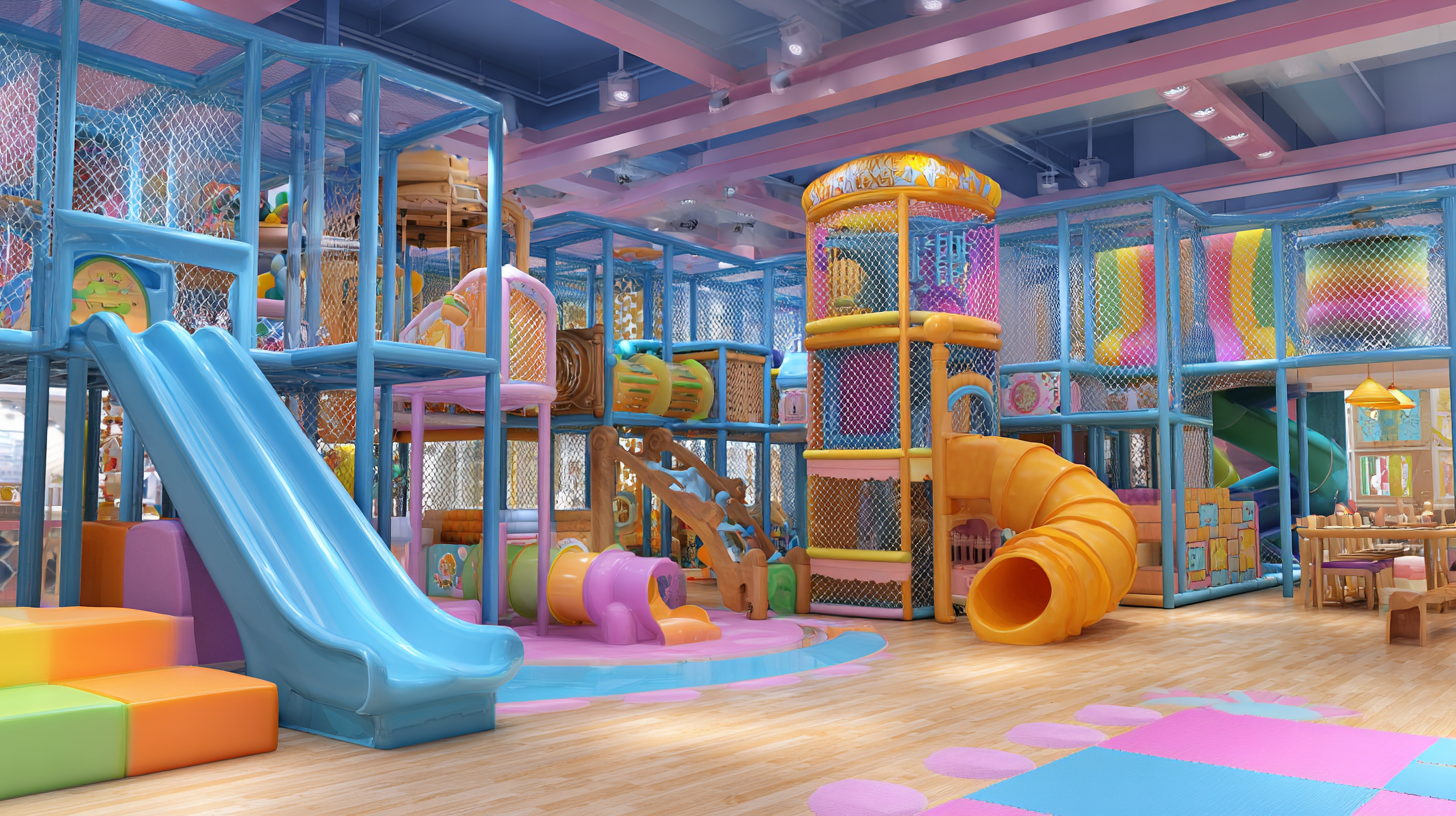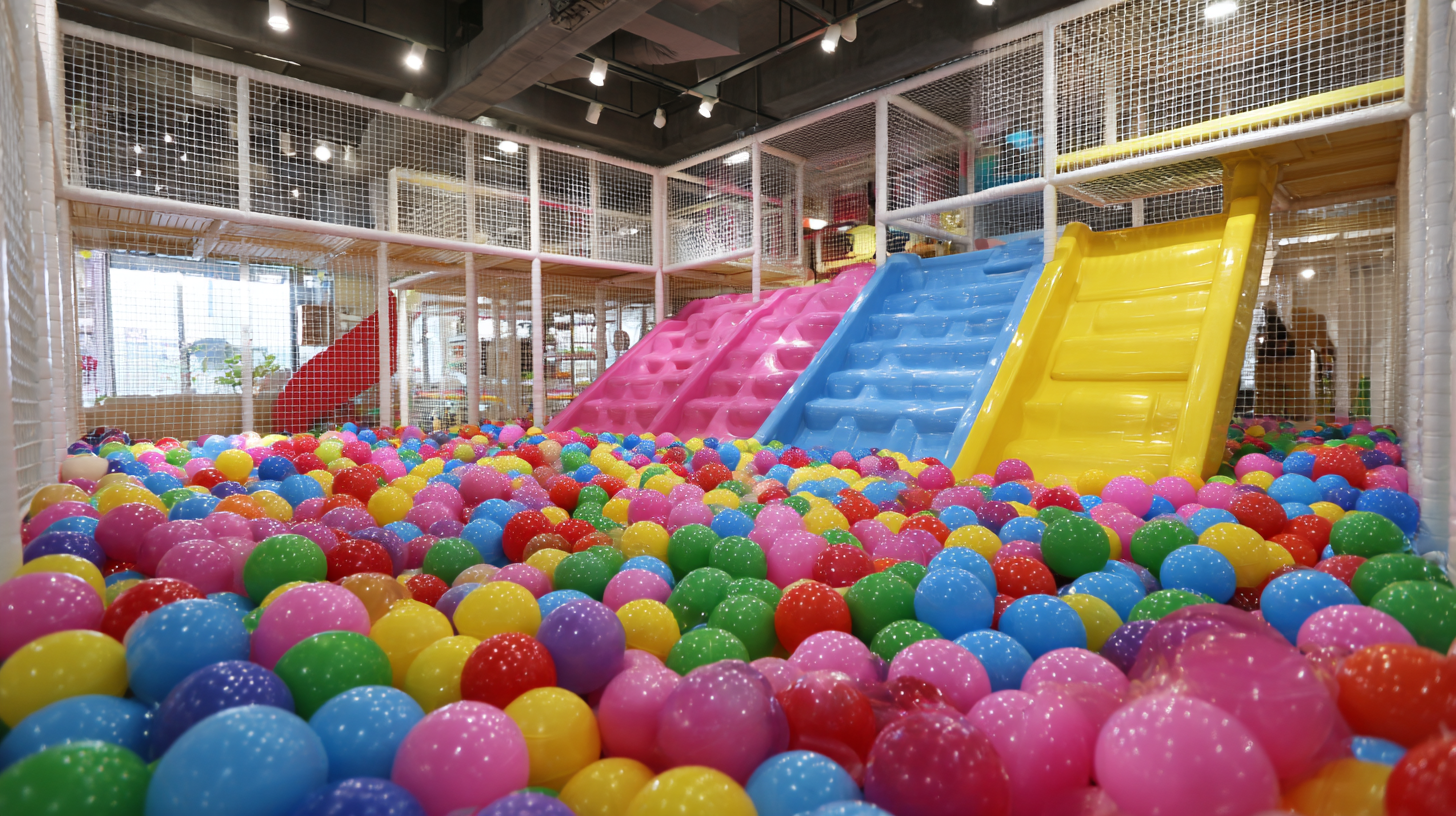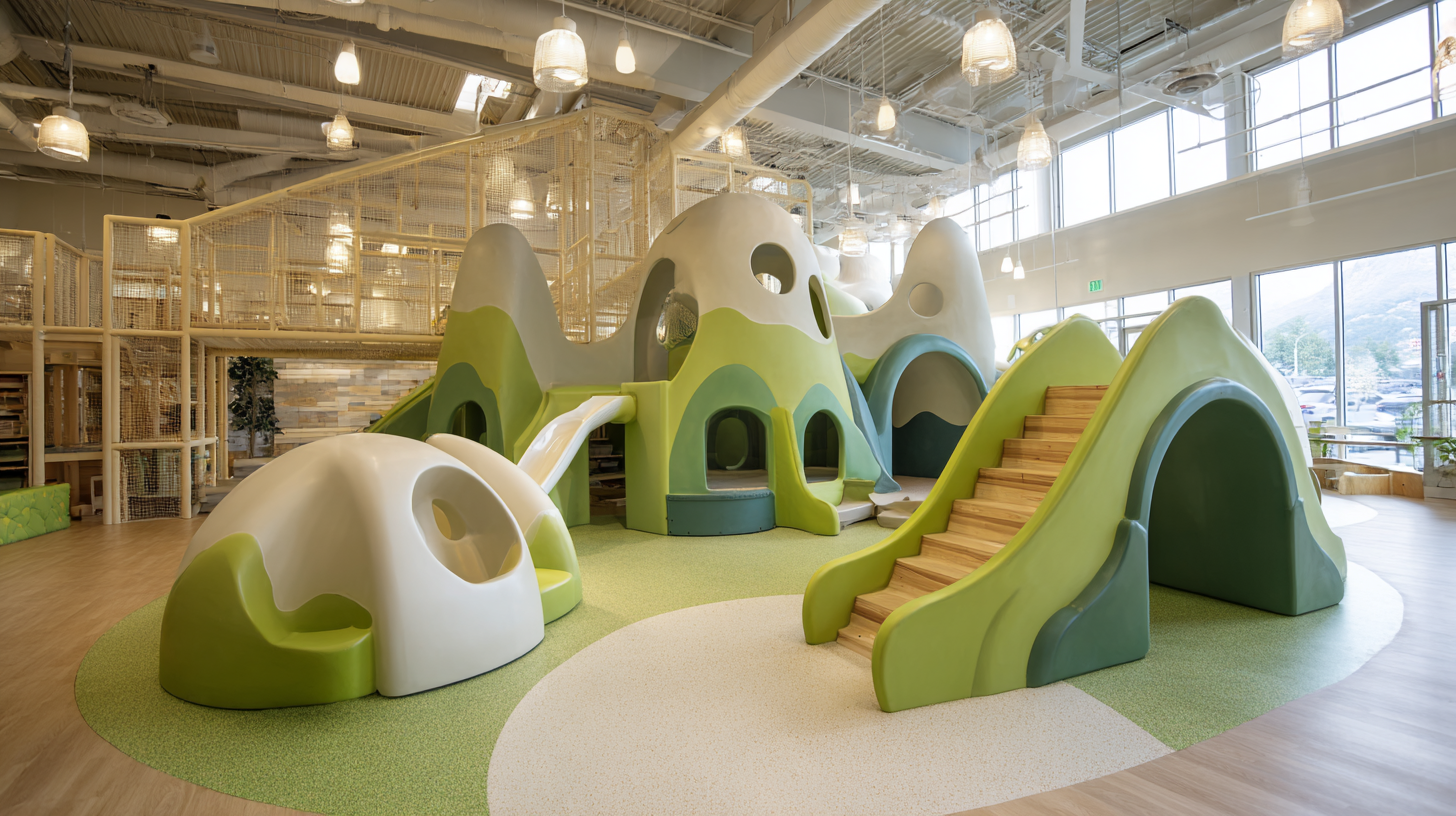In today's fast-paced world, the importance of engaging indoor play equipment in nurturing child development cannot be overstated. According to the latest report from the International Journal of Pediatric Health, 86% of early childhood educators agree that play is crucial for cognitive, social, and emotional growth. This emphasizes the necessity for innovative and stimulating environments where children can explore and learn through play. Particularly, high-quality indoor play equipment, designed to cater to various developmental needs, provides children a safe space to enhance their creativity and motor skills. Originating from China's top factories, these products are built on a foundation of reliability and trust that resonates worldwide, highlighting a growing trend towards sourcing durable and engaging indoor play solutions.

Exploring unconventional indoor play equipment can lead to enriching learning experiences for children and foster their overall development. While traditional toys are often recommended, innovative alternatives that focus on themes like geography can intrigue curious minds. For instance, geography-themed toys invite children to explore different cultures and historical events, making learning engaging and interactive. This hands-on approach not only piques their interest but also nurtures a sense of empathy and understanding towards the world around them.
Moreover, child development experts emphasize quality over quantity when it comes to toys. A curated selection of play equipment can provide toddlers with the necessary stimulation while preventing overwhelm. Fewer, thoughtfully chosen toys can encourage deeper play, allowing children to fully engage with their environment and develop critical thinking skills. In this light, opting for unique and educational indoor play equipment can effectively enhance learning and promote social interaction, ensuring that playtime becomes a significant part of a child's cognitive and emotional growth.
| Type of Equipment | Developmental Benefits | Age Range | Materials Used | Innovative Features |
|---|---|---|---|---|
| Interactive Wall Panels | Fine Motor Skills, Cognitive Development | 2-5 years | Wood, Plastic | Sensory Exploration, Modular Design |
| Balance Beams | Gross Motor Skills, Coordination | 3-6 years | Wood, Foam | Adjustable Heights, Non-Slip Surface |
| Creative Art Stations | Creative Expression, Social Skills | 2-7 years | Recycled Materials, Non-Toxic Paints | Multi-Sensory Activities, Easy Cleanup |
| Sensory Play Tables | Sensory Processing, Imaginative Play | 1-5 years | Plastic, Wood | Water Resistant, Versatile Play Options |
| Modular Soft Play Structures | Physical Fitness, Teamwork | 2-6 years | Foam, Vinyl | Customizable Configurations, Safe Landing Zones |
 Interactive play structures play a crucial role in promoting both cognitive and physical development in children. According to a 2020 report by the
American Academy of Pediatrics, children who engage in interactive play are 30% more likely to develop essential problem-solving skills and creativity compared to those who spend more time in passive play environments. These play structures encourage children to explore, experiment, and understand the world around them, leading to improved cognitive abilities, such as critical thinking and spatial awareness.
Interactive play structures play a crucial role in promoting both cognitive and physical development in children. According to a 2020 report by the
American Academy of Pediatrics, children who engage in interactive play are 30% more likely to develop essential problem-solving skills and creativity compared to those who spend more time in passive play environments. These play structures encourage children to explore, experiment, and understand the world around them, leading to improved cognitive abilities, such as critical thinking and spatial awareness.
Furthermore, physical benefits from interactive play are equally significant. The Centers for Disease Control and Prevention (CDC) states that children need at least 60 minutes of physical activity each day to support their growth and development. Engaging with innovative indoor play equipment not only fulfills this physical requirement but also enhances motor skills, coordination, and balance. For instance, climbing structures and obstacle courses challenge children to navigate their environment actively, which has been shown to improve muscle strength and overall fitness levels. By embracing these interactive play options, caregivers can foster a well-rounded developmental experience for children in indoor settings.
Creative play is essential for child development, and innovative indoor play equipment can greatly enhance children's imagination. According to a report by the American Academy of Pediatrics, imaginative play fosters cognitive flexibility and problem-solving skills, which are crucial during early development stages. By providing unique and engaging equipment, such as obstacle courses or themed play areas, parents and educators can create environments that inspire creativity and encourage children to explore new ideas.
Moreover, a study published in the Journal of Play reveals that children who regularly engage in imaginative play are more likely to exhibit advanced social skills and adaptability. Innovative equipment, like interactive climbing walls or sensory play tables, allows children to experiment with their surroundings and enhances their imaginative capabilities. As a result, such play equipment doesn't just keep children entertained; it plays a pivotal role in nurturing their emotional and social development.
By investing in creative play solutions, we can help shape confident and imaginative future generations.
When choosing indoor play equipment for children, safety and durability are paramount. Parents want to ensure that the play environment is not only fun but also secure, minimizing the risk of accidents. Look for products that meet safety standards and have non-toxic materials. Soft edges, sturdy constructions, and weight distribution are crucial aspects that contribute to a safe play area. Always consider age-appropriate equipment to eliminate hazards associated with inappropriate use.

Tips for ensuring safety include regularly inspecting the equipment for any signs of wear and tear, such as loose screws or broken parts. Furthermore, opt for padded flooring to cushion falls and enhance safety during playtime. Durability is another critical factor; choose products made from high-quality materials that can withstand energetic play. Equipment that's easy to clean and maintain will save time and ensure a hygienic environment for children.
For engaging child development, consider versatile play items that cater to various activities, allowing children to explore and enhance their skills. Items like climbing structures, interactive panels, or building blocks not only entertain but also promote physical and cognitive development. Always prioritize items that encourage imaginative play while keeping safety and durability at the forefront of your decisions.
When it comes to maximizing engagement with indoor play equipment, parents hold the key to transforming playtime into a rich developmental experience. One effective tip is to participate in the play alongside your child. Engaging in activities together not only enhances bonding but also encourages imaginative play and boosts confidence. For example, if you have a climbing frame, show your child different ways to navigate it, emphasizing safety but allowing them to explore and challenge themselves.
Another way to utilize indoor play equipment effectively is through rotation and variety. Children can quickly lose interest in the same toys and games, so rotating equipment or introducing new challenges can reignite their enthusiasm. This could mean swapping out heavy blocks for a puppet theater or changing the arrangement of a ball pit. By continually refreshing their environment, children remain excited and engaged, paving the way for sustained developmental benefits. Ultimately, intentional participation and thoughtful variety can significantly enhance the value of indoor playtime.
